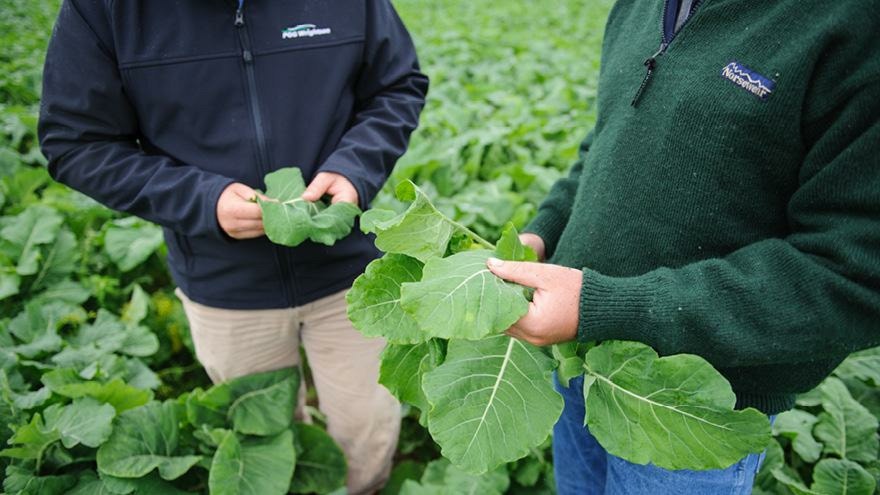
Storing fodder beet ready for feeding stock in winter
Nowadays, with farmers experiencing increasing pressure on winter grazing and land use while maintaining or lifting stock numbers, storing crops is becoming a more viable and attractive option.
A high-yielding crop, fodder beet has a good amount of sugar and Metabolisable Energy (ME) and is suited to lifting and storing. Traditional crops such as kale andwinter cereals are viable options, but need to be grazed in situ and are subject to ground conditions.
Fodder beet’s attributes allow it to be lifted early when ground conditions are suitable for harvest and can be stored on-farm through to spring, all the while maintaining its high sugar levels. Generally, if the crop is lifted correctly, fodder beet should last six months, noting the higher the dry matter content, the better it will keep.
An ideal supplementary feed, stored beet can be fed in a paddock, on a feed pad or chopped via a mixer wagon to provide stock with a more balanced diet.
In autumn, some farmers may choose to lift beet to use it as a strategic crop, filling a feed gap pre-winter. To do this, two options for lifting are available: utilising a beet bucket on a loader or using a specific beet lifter operated by a contractor.
Beet buckets allow paddocks to be easily opened and assist with transitioning stock onto fodder beet, while specific lifting machines cover a larger area, creating a feed wedge on-farm in a bunker. One potential downside to lifting beet in autumn is that it will rob the beet of some of its yield, in both dry matter and protein, by removing the top of the beet plant before depositing it back in the paddock.
To successfully lift a beet crop, consider paddock selection and preparation as undulating terrain can be harder for the lifter to follow. Choosing the correct cultivar is important too as while grazing beets can be harvested, specific lifting cultivars are more uniform and sit lower in the ground. Consistent plant numbers and 500 mm row spacing with a properly calibrated precision drill allow a beet lifter to be used at harvest. Managing the crop through its growth stages is vital with weed management and a correct fertiliser and fungicide programme crucial for ensuring optimum yield.
Below is an example of the costs of growing and lifting beet assuming it costs $2,500 per hectare (ha) to grow beet and $1,000 per ha to lift and store it, a total of $3,500.
A 25 tonne beet crop containing 25,000 kg of Dry Matter (DM) per ha at $3,500 per ha to grow equals 14 cents per kg of DM as the cost to grow and feed on-farm. As a supplementary feed, the cost is comparable with grain, palm kernel extract, hay and baleage. Note that this example does not include transport costs which vary depending on the farm’s location.
To discuss including fodder beet within your cropping programme, or for advice on when to harvest your beet crop, contact your local PGG Wrightson Technical Field Representative.



